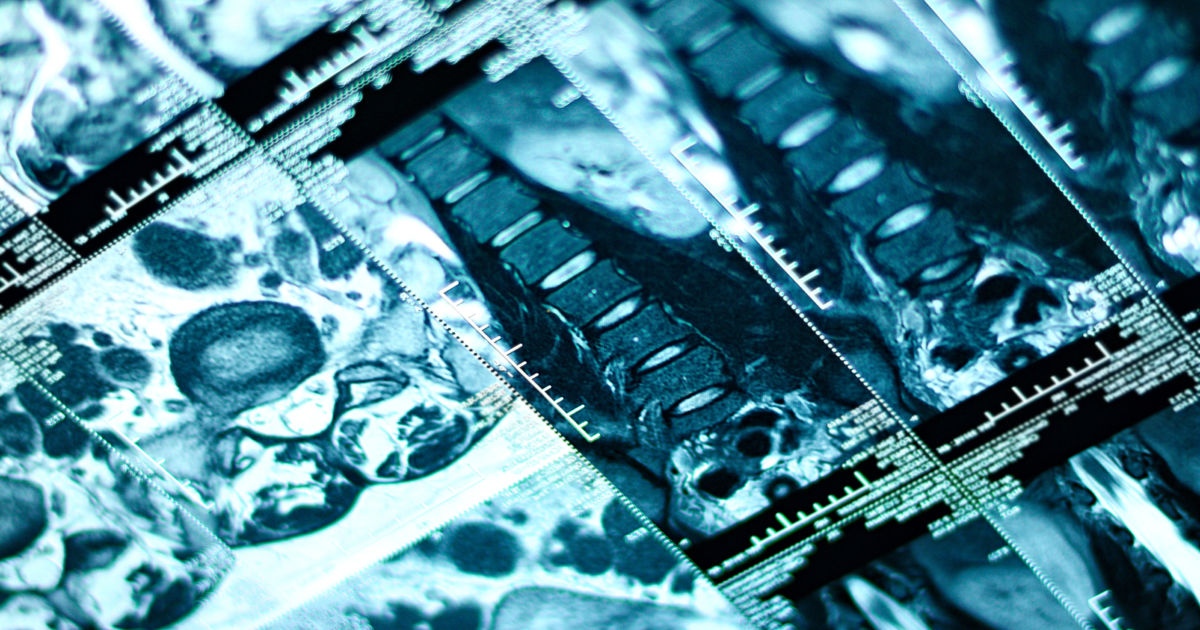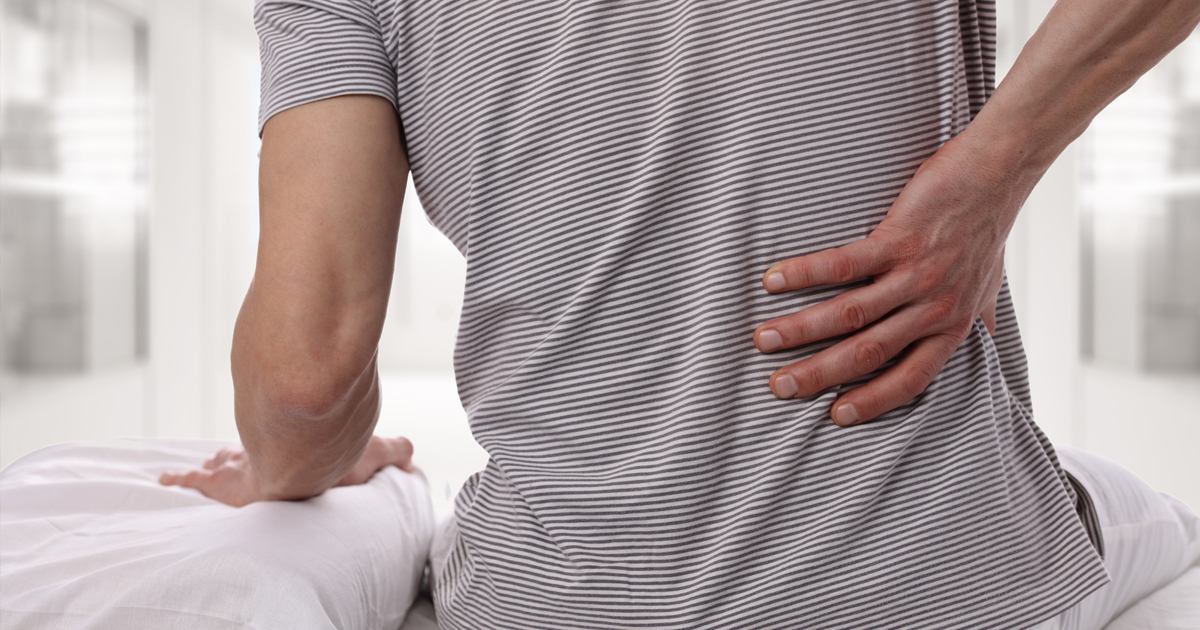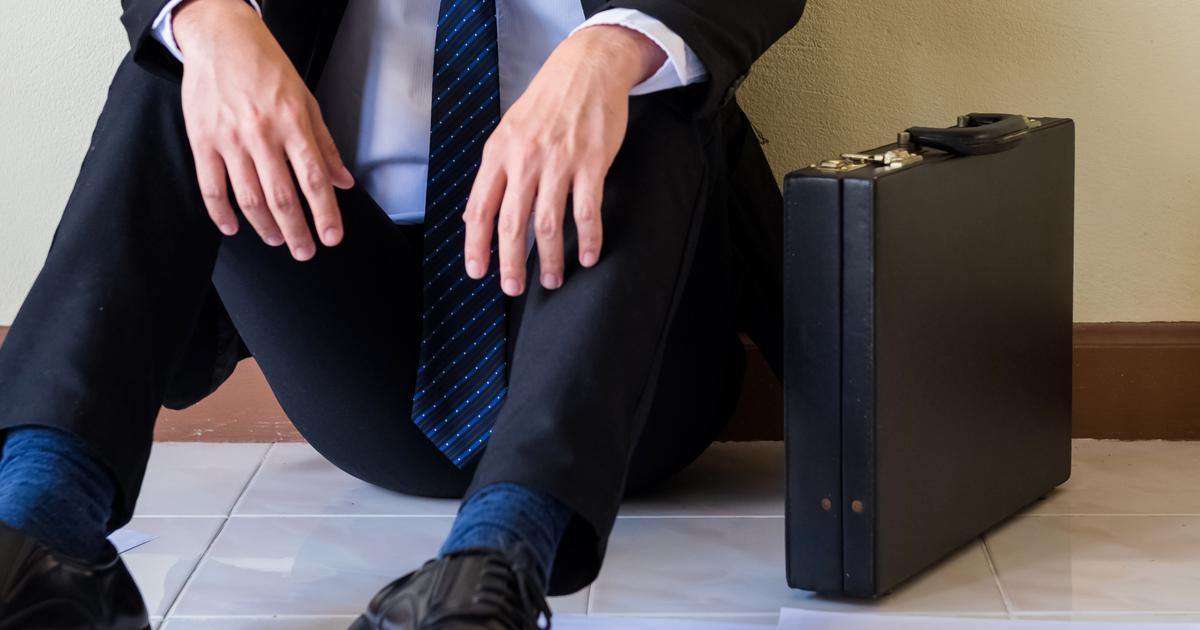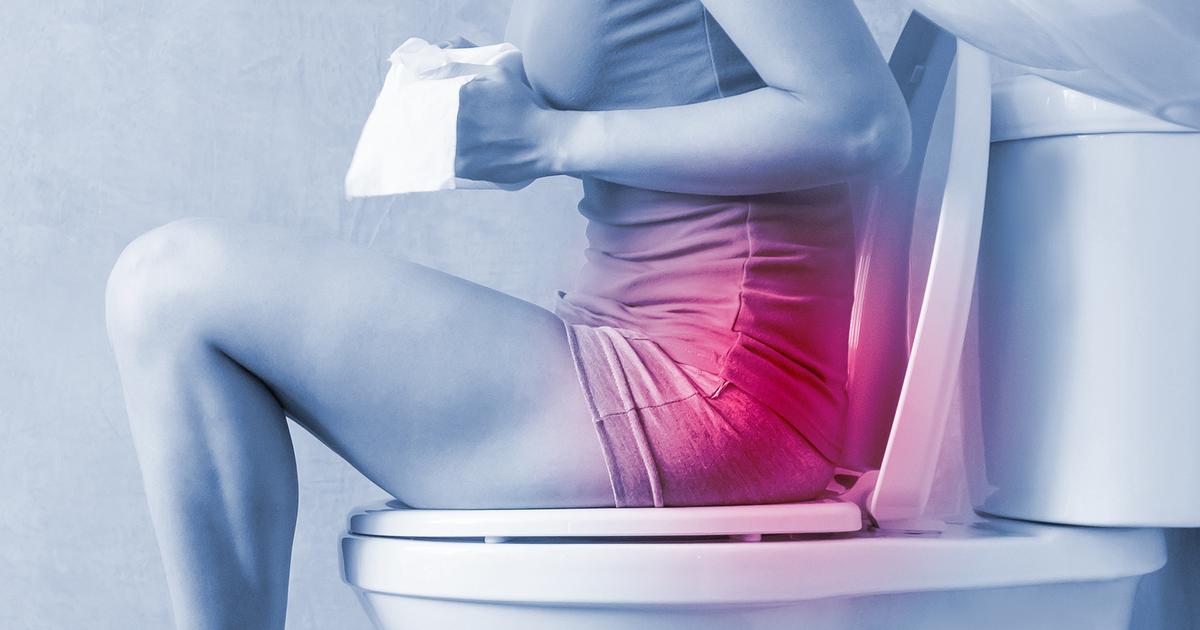What Can Cause Tailbone Pain?
Pain in the tailbone, also known as coccydynia, is caused by inflammation (resulting from numerous factors) centered in or around the coccyx, the bony area at the bottom of the spine and between or just above the buttocks. When coccydynia occurs, affected individuals often feel tenderness and pain between their buttocks and around the tip of their tailbone. Sitting tends to make the pain from the inflammation worse, though not everyone will experience increased pain from sitting. The exact symptoms will vary depending on the cause of the inflammation and pain.
Learn about the various causes of tailbone pain now.
Injury

Trauma or injury often lead to inflammation around and in the coccyx. There are a number of circumstances that can cause the tailbone to become injured. The most common cause of injuries to the coccyx is falling onto the tailbone in a sitting position. This may occur if an individual slips on ice or loses their balance and falls backward. Direct blows to the tailbone can cause injury as well. These are most often seen in athletes who play contact sports. It's possible for fracturing or injury of the coccyx to occur when a woman gives birth. If there's repetitive strain or increased friction against the coccyx area like with rowing or biking, individuals might sustain an injury.
Continue reading to discover more causes of tailbone pain now.
Sciatica

Pain in the tailbone can sometimes be caused by sciatica. When this is the case, the pain is not caused by inflammation, so it's not coccydynia. Sciatica is a condition that causes pain to radiate along an individual's sciatic nerve, which begins in the lower back and branches out and downward, traveling through the buttocks and hips and moving down each leg. In most cases, sciatica only occurs on one side of the body. The condition most often happens when a spinal bone spur, narrowing of the spine, or herniated disk lead the sciatic nerve to be compressed. In addition to pain in the tailbone, this can cause the sciatic nerve to become inflamed. Pain may radiate through the lower back and hip on the affected side. The affected leg might also be somewhat numb.
Get more details on causes linked to tailbone pain now.
Infections

Pain in the tailbone can be related to infections in the area. The infection may cause pain and swelling around the coccyx. Patients may also note their skin is red and unusually warm to the touch. The infection might be accompanied by drainage of pus, a thick and white fluid. In rare cases, the actual bones of the coccyx can become infected. This condition, called osteomyelitis, might lead to the development of coccydynia. Ulcers in the tailbone area can also lead to infection-related symptoms and pain. Some individuals with histories of sacrococcygeal decubitus ulcers will experience infection symptoms like warmth and redness in the tailbone, along with fever.
Read about the next cause of tailbone pain now.
Pilonidal Cysts

One potential infection is a pilonidal cyst, which causes excruciating pain that feels like your tailbone is being constantly pressed against a sharp corner. These cysts may be related to pilonidal disease, which sometimes requires surgery to treat. The symptoms of the disease generally recur over time. Each progressive infection tends to be greater in severity and cause more pain. There have been extreme and rare cases where an untreated pilonidal cyst tracked from the tailbone to the shoulder blades. Pilonidal cysts need to be treated because untreated cysts may cause an infection of the blood, leading to a deadly condition called sepsis. Most patients can only manage the disease by undergoing surgery.
Continue to reveal more causes for pain in the tailbone now.
Sacroiliitis

Sacroiliitis is a condition that causes inflammation to the sacroiliac joints. There are two sacroiliac joints, located at the point where the pelvis connects to the lower spine. For some individuals, only one joint is affected, while others have symptoms in both joints. Sacroiliitis isn't an inflammation of the coccyx, so it's not related to coccydynia. However, it can cause pain in the tailbone. The pain may also radiate through the lower back, buttocks, and one or both legs. If individuals stand for prolonged periods of time or climb stairs, they may find the pain becomes worse. It's often difficult to diagnose sacroiliitis because the symptoms can be mistaken for coccydynia or other conditions that cause lower back and tailbone pain. Sacroiliitis has been linked to certain diseases that lead to inflammation and arthritis in the spine.
Get more information on what can trigger tailbone pain now.
Sitting On Uncomfortable Surfaces

It's common to experience tailbone pain due to sitting on uncomfortable surfaces. Individuals might feel pain in their tailbone if they sit on a bench, floor, or other hard and unsupported surface for a long time. Even an office chair can lead to discomfort if it's too hard and doesn't have enough cushioning. One of the things individuals can do in their day-to-day life is incorporate a more comfortable seat. If they have a desk job, they should make sure their chair is offering enough cushioning and support to their coccyx. If individuals are not confident this is the case, they can find cushions specifically designed to support the tailbone. Alleviating pressure on the tailbone also helps with lower back pain and sciatica. Sometimes adjusting posture can also help with tailbone pain caused by sitting on uncomfortable surfaces. Stretching and strengthening the muscles supporting the tailbone is helpful.
Discover additional causes of tailbone pain now.
Wear And Tear From Aging

Tailbone pain can be related to normal wear and tear from aging. As individuals get older, there tends to be general wear on joints and muscles throughout the body. The tailbone is one area that's often subject to wear-related discomfort and pain. Repetitive motions lead to the bone becoming worn out as individuals get older. This is a natural result of aging, but it doesn't mean individuals always need to live with serious levels of discomfort. There are ways to treat tailbone pain caused by aging, whether it's with additional support, exercises, or certain pain relievers. Sometimes the wear and tear can cause a condition called osteoarthritis in other parts of the body as well. Osteoarthritis is a complex disease that occurs when the cartilage cushioning the joints becomes thin. This causes the bones to grind painfully against each other and to become damaged. Osteoarthritis is more likely to occur in older individuals who have experienced more natural wearing away at the joints. However, there's also often a biological component of the illness, so it doesn't happen to everyone with the same degree of severity.
Keep reading to learn more about the various causes of tailbone pain now.
Constipation

Tailbone pain can sometimes be related to straining that occurs because of constipation. Constipation is a condition occurring when individuals have trouble emptying their bowels. The condition can often be resolved by using lifestyle changes and home remedies, but some cases require medical attention. Many different factors can influence constipation. Sometimes it occurs because food passes too slowly through the colon. If food moves too slowly through the digestive tract, the colon will absorb more water, which will lead to the feces becoming hard instead of soft. Individuals who poop less than three times weekly might have constipation. When constipation is the result of blockage of the large intestine, it requires urgent medical attention. But the condition can also be caused by a lack of fiber or water in their diet. Drinking more water and eating more fibrous material can help make it easier to pass stool.
Uncover more details on the causes behind tailbone pain now.
Degenerative Lumbar Disc Disease

Degenerative lumbar disc disease is a type of degenerative disc disease that occurs in the lumbar spine. This is the lower part of the back, which includes the tailbone. Degenerative disc disease is generally related to age-related wear and tear on a disc in the spine. An intervertebral disc is a tough and fibrous structure that acts as a ligament between each of the vertebrae. It provides cushioning for the spine and absorbs pressure against the back. Discs are sturdy but have enough flexibility to let individuals move side to side, backward, and forward. Degenerative disc disease doesn't tend to worsen progressively with time, and it's not considered a true disease. Everyone experiences some disc degeneration as they get older. As the spine stabilizes following the degeneration, it's common for individuals to experience an alleviation in their symptoms. Degenerated discs occur when they become significantly less hydrated when they used to be. This causes the disc to be more inflexible and prone to exterior tearing. One disc degenerating can alter the mechanics and structure of the lumbar spine.
Read more about what can cause tailbone pain now.
Nerve Compression

Nerve compression is a less common cause of tailbone pain, but it's still a viable possibility. There's a condition called nerve compression syndrome that occurs when one of the nerves becomes compacted or squeezed. In most cases, this occurs in just one location. When it's a nerve near the tailbone, it can lead to tailbone pain. Nerves in most places throughout the body can become compressed. The nerves in the limbs, extremities, and torso might become affected. It's common to experience muscle weakness, numbness, and pain surrounding the nerve. Many individuals develop nerve compression syndrome because of repetitive injuries. Individuals might also be more likely to develop a compressed nerve if they have medical conditions like hypothyroidism, diabetes, or rheumatoid arthritis. Other common names for nerve compression syndrome are entrapment neuropathy, compression neuropathy, or a trapped nerve. Not every case of nerve compression will affect the tailbone. High blood pressure, tumors, and cysts can also increase the chances of having a compressed nerve.
